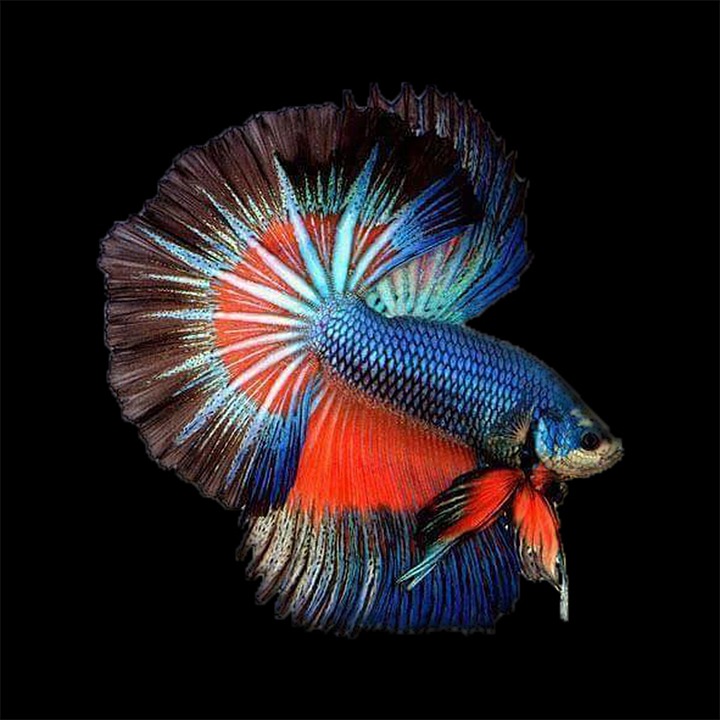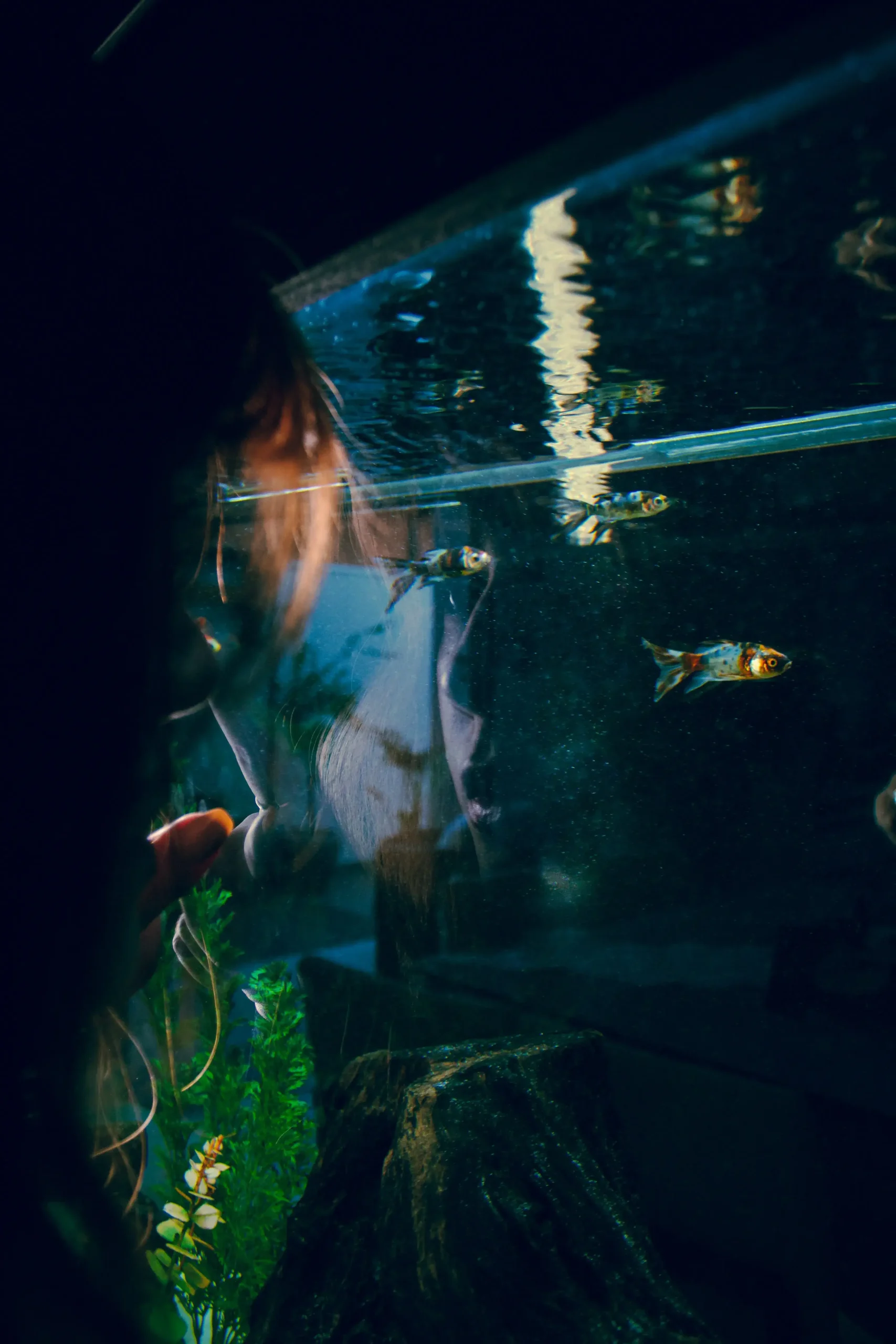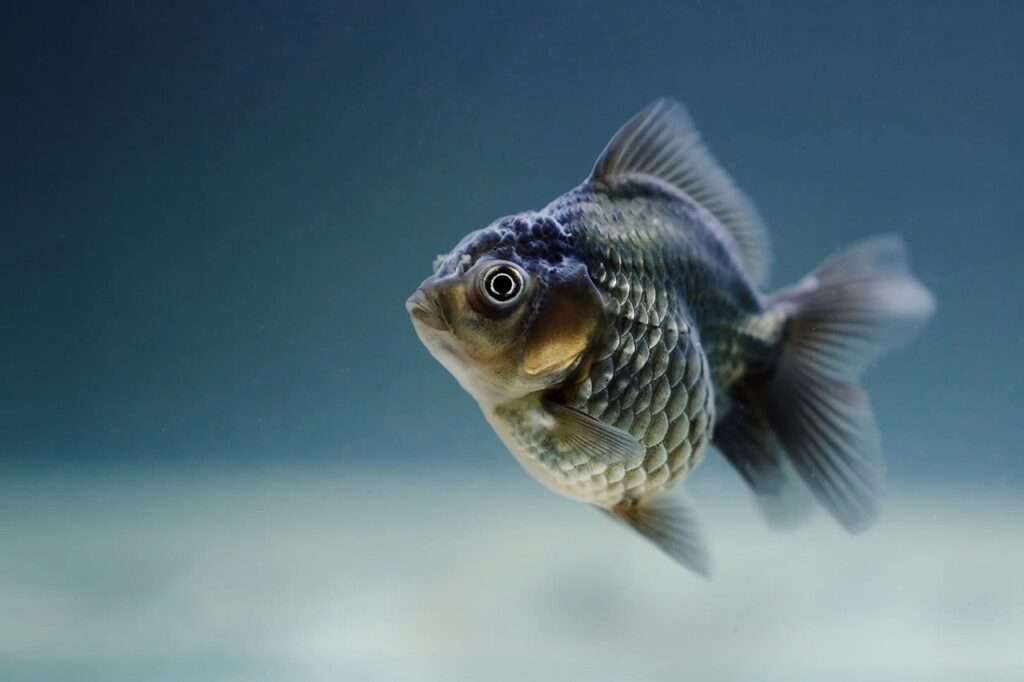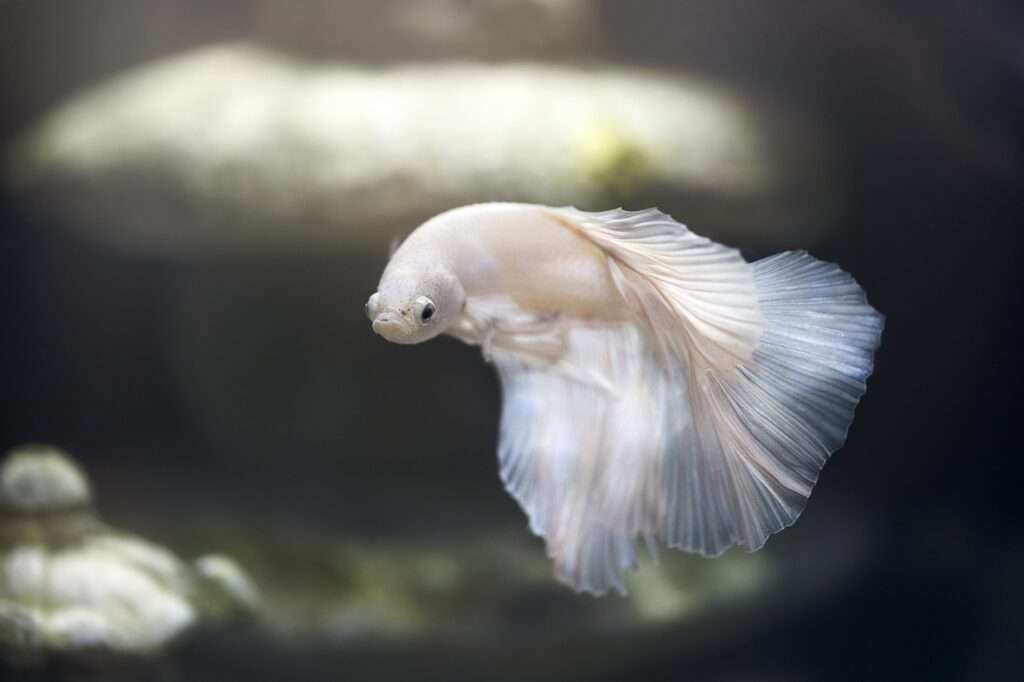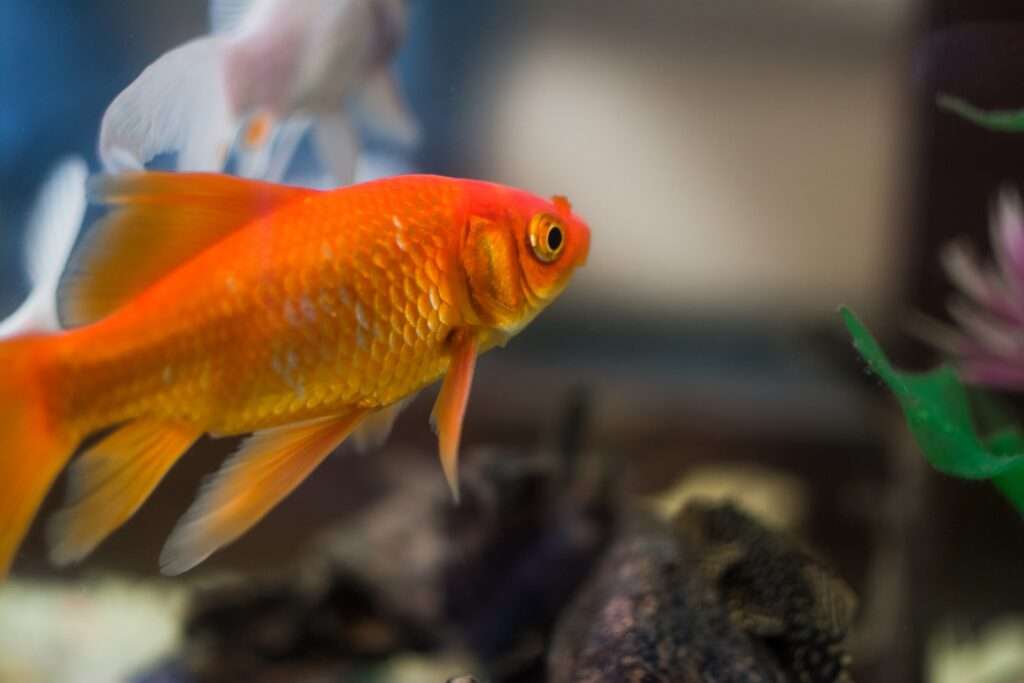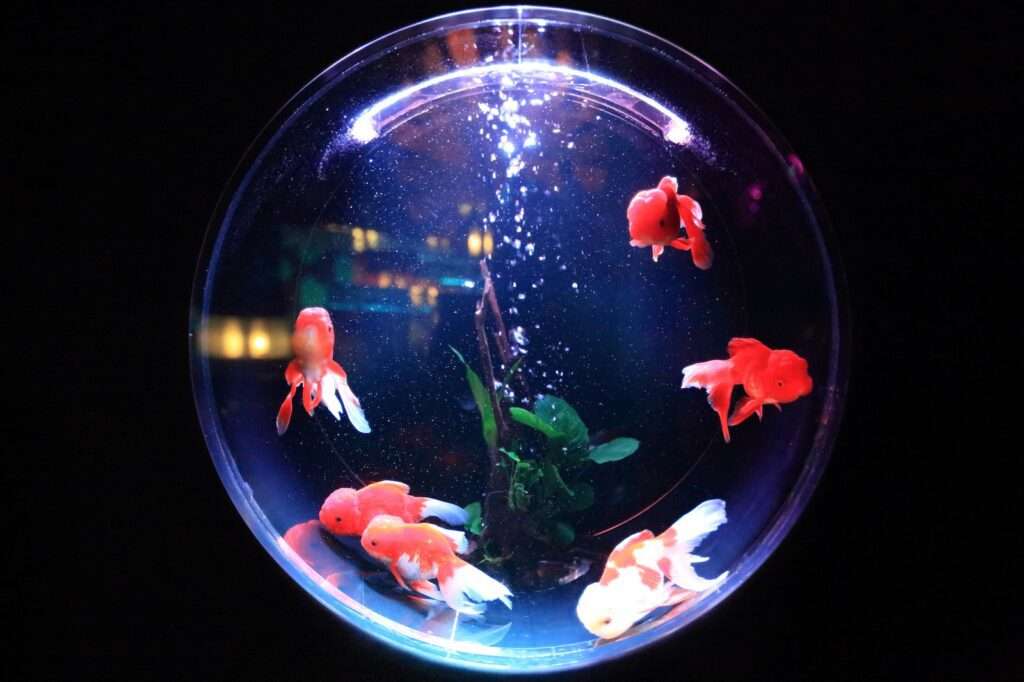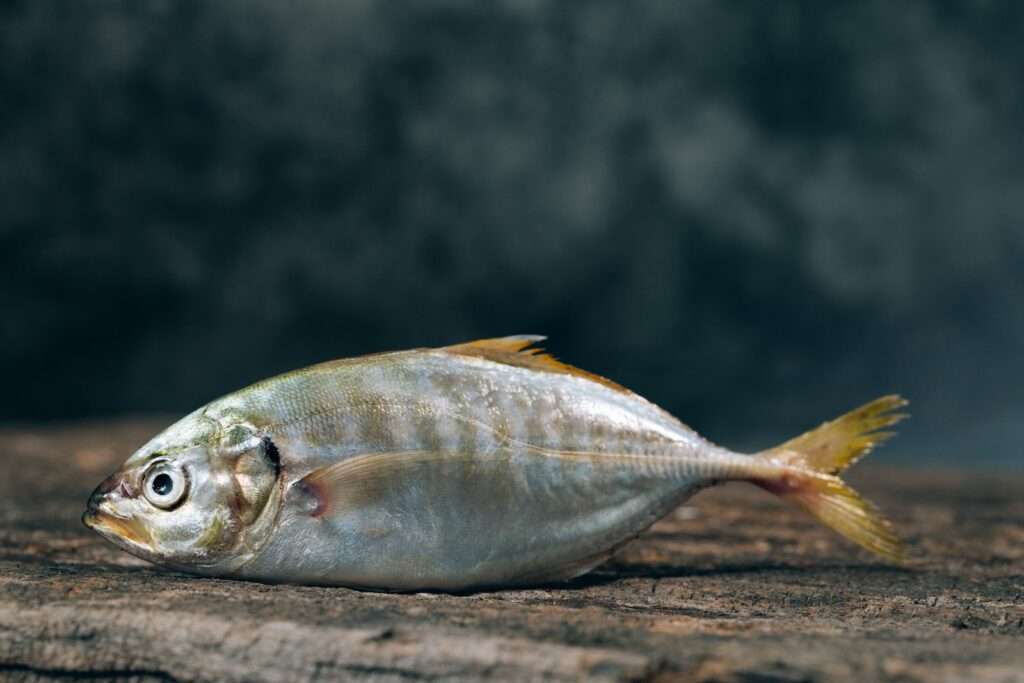Decoding Fish Tank Fish Behavior: What Does it Mean?
Understanding the Behavior of Your Aquarium Fish
As a fish enthusiast and aquarium owner, it is important to understand the behavior of your fish in order to provide them with the best possible care. Fish behavior can reveal a lot about their health, well-being, and overall happiness. By observing and decoding their behavior, you can ensure that your fish thrive in their tank environment. In this article, we will explore some common fish behaviors and what they might mean.
I. Common Fish Behaviors and Their Interpretations
1. Swimming Patterns: Fish exhibit various swimming patterns that can indicate their mood, comfort level, or potential health issues. Some common swimming patterns include:
– Erratic or darting movements: This behavior might indicate stress, fear, or the presence of aggressive tankmates. It could also be a sign of poor water quality, inadequate hiding spots, or insufficient space.
– Rapid or frantic swimming: Fish that continuously dart around the tank might be experiencing anxiety or are trying to escape from perceived threats. Check for any aggressive tankmates, improper water conditions, or objects that may be causing stress.
– Lying at the bottom or near the surface: If your fish are constantly resting at the bottom or near the surface of the tank, it could be a sign of illness or poor water conditions. Monitor water parameters and ensure adequate oxygen levels for your fish’s well-being.
2. Feeding Behavior: Paying attention to how your fish behave during feeding time can provide insights into their overall health and appetite. Look out for the following behaviors:
– Aggressive feeding: Fish that aggressively chase after food and compete with tankmates might indicate a healthy appetite and normal behavior. However, excessive aggression during feeding could lead to stress and injuries among tankmates.
– Refusing to eat: If a fish suddenly stops eating or shows disinterest in food, it may be a sign of stress, illness, or a change in water conditions. Monitor their behavior closely and consult with a fish veterinarian if necessary.
– Hiding during feeding: Fish that hide during feeding time might be experiencing stress or bullying from dominant tankmates. Ensure that all fish have access to food and a peaceful feeding environment.
3. Social Interactions: Fish, like many other animals, have social hierarchies and specific behaviors related to interaction. Understanding their social dynamics can help create a harmonious tank environment:
– Chasing or nipping: Some fish species exhibit chasing or nipping behavior as a way to establish dominance or defend territory. However, excessive aggression can lead to stress and injuries. Provide ample hiding spots and monitor aggressive interactions.
– Schooling or shoaling: Certain species, such as tetras or rasboras, exhibit schooling behavior, seeking safety and comfort in groups. If you have schooling fish, ensure you maintain an appropriate group size to prevent stress or anxiety.
– Hiding or sheltering: Shy or nocturnal species often prefer hiding spots to feel secure. Offer suitable hiding places like caves, plants, or driftwood to give them a sense of safety within the tank.
II. Frequently Asked Questions (FAQs)
1. Why is my fish constantly rubbing against objects in the tank?
– Fish rubbing against objects could indicate the presence of parasites, skin irritation, or poor water quality. Check for signs of disease, such as white spots or unusual behavior, and address any water quality issues.
2. Why do my fish flare their fins at each other?
– Fin flaring is a common behavior among some fish species, especially males. It is often a display of dominance or territorial behavior. However, constant fin flaring or aggression might indicate stress or overcrowding. Assess the tank conditions and consider providing more space or separating aggressive individuals if necessary.
3. What does it mean if my fish stay at the water surface gasping for air?
– Fish gasping at the surface can be a sign of low oxygen levels in the water. Ensure adequate aeration and water circulation in the tank. Additionally, check water parameters such as temperature, pH, and ammonia levels, as poor water quality can also contribute to this behavior.
By understanding and interpreting your fish’s behavior, you can ensure their well-being and take appropriate action if any issues arise. Regularly monitoring their behavior, water conditions, and providing a suitable environment will help your fish thrive in their tank and bring joy to your aquarium hobby.

